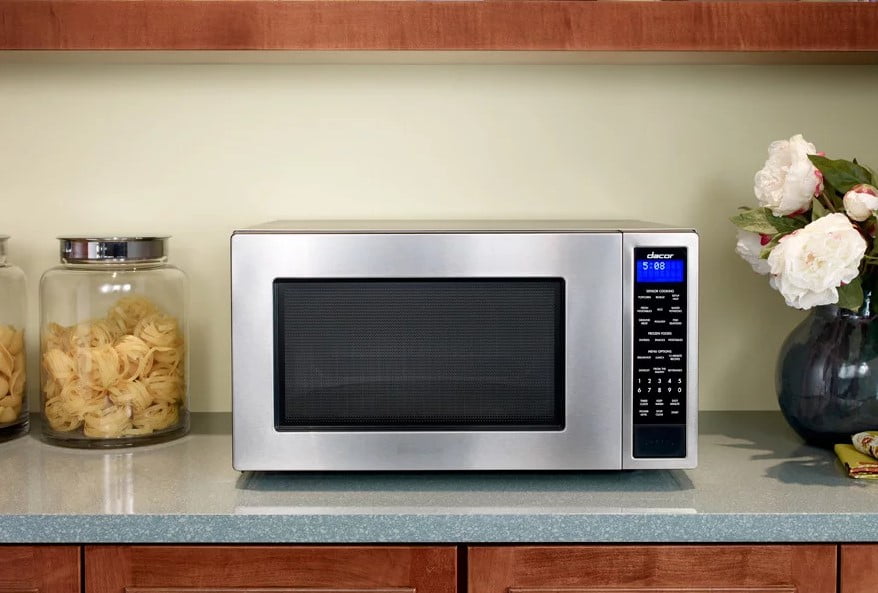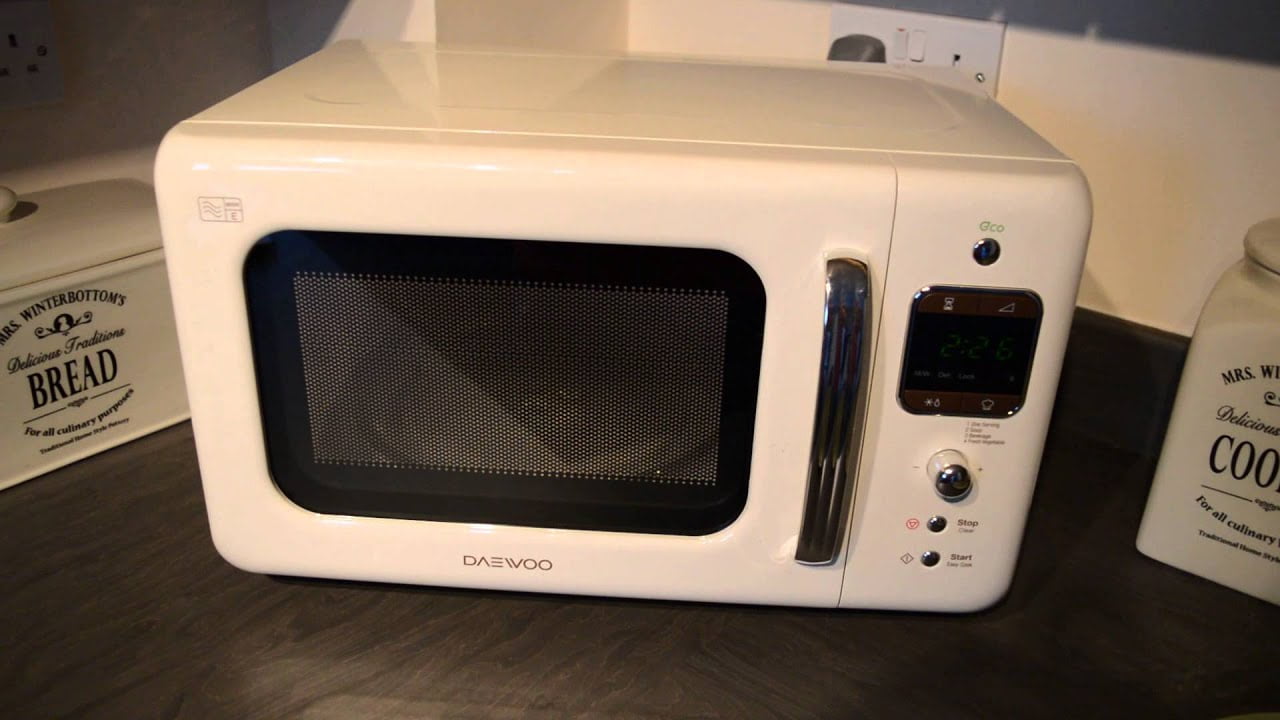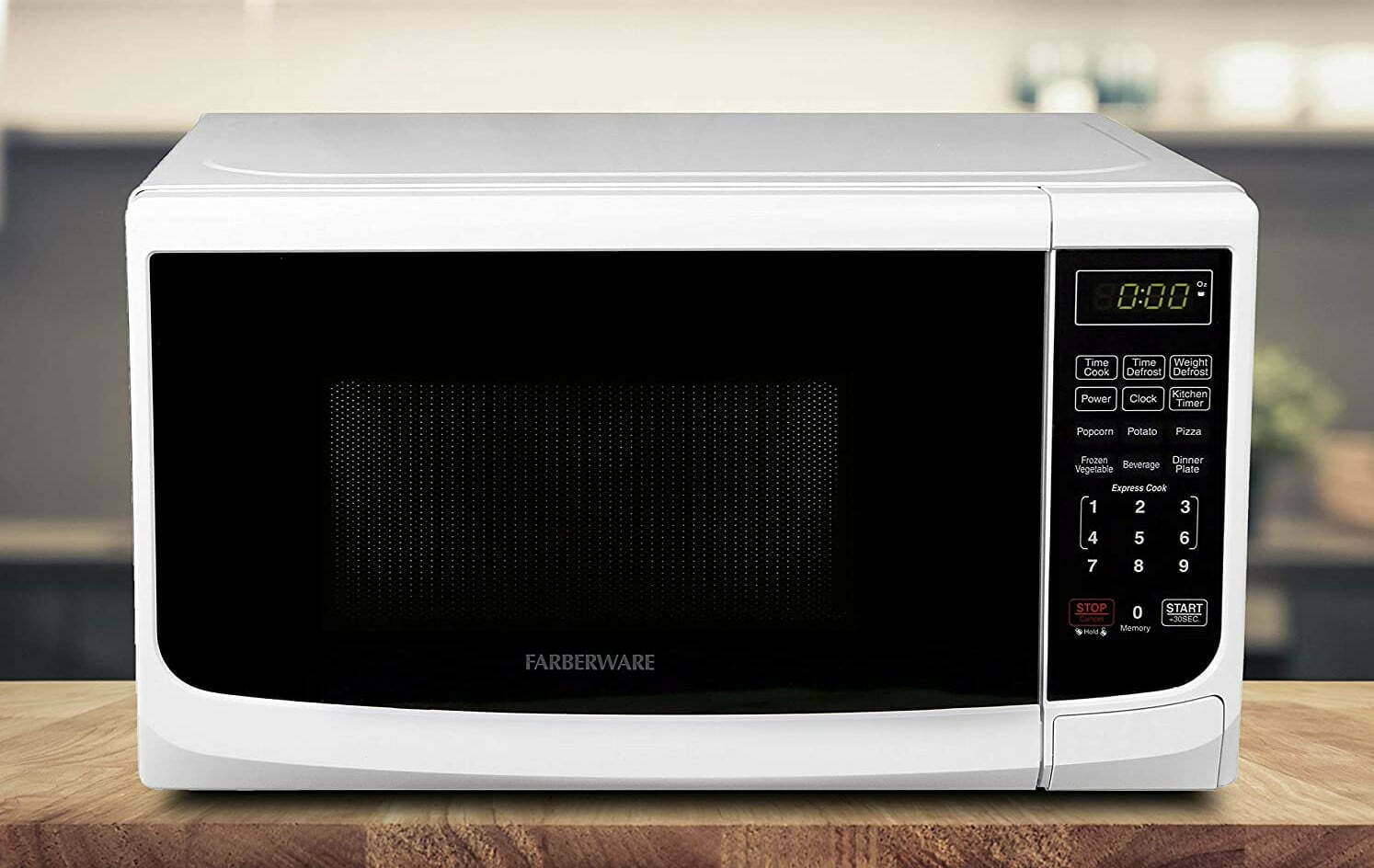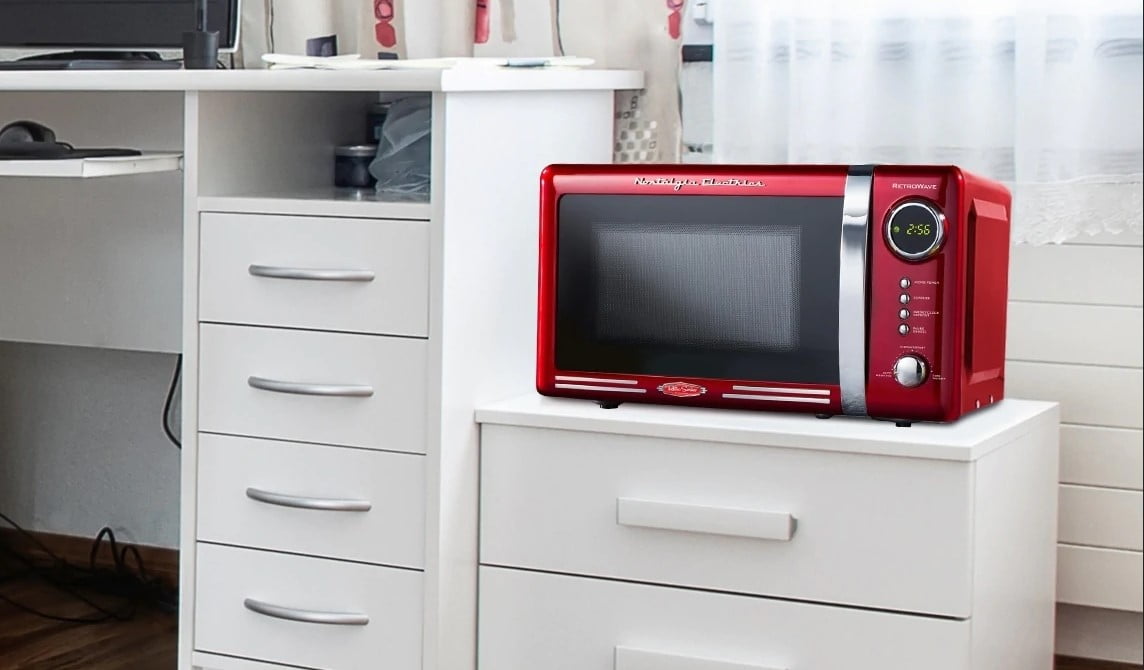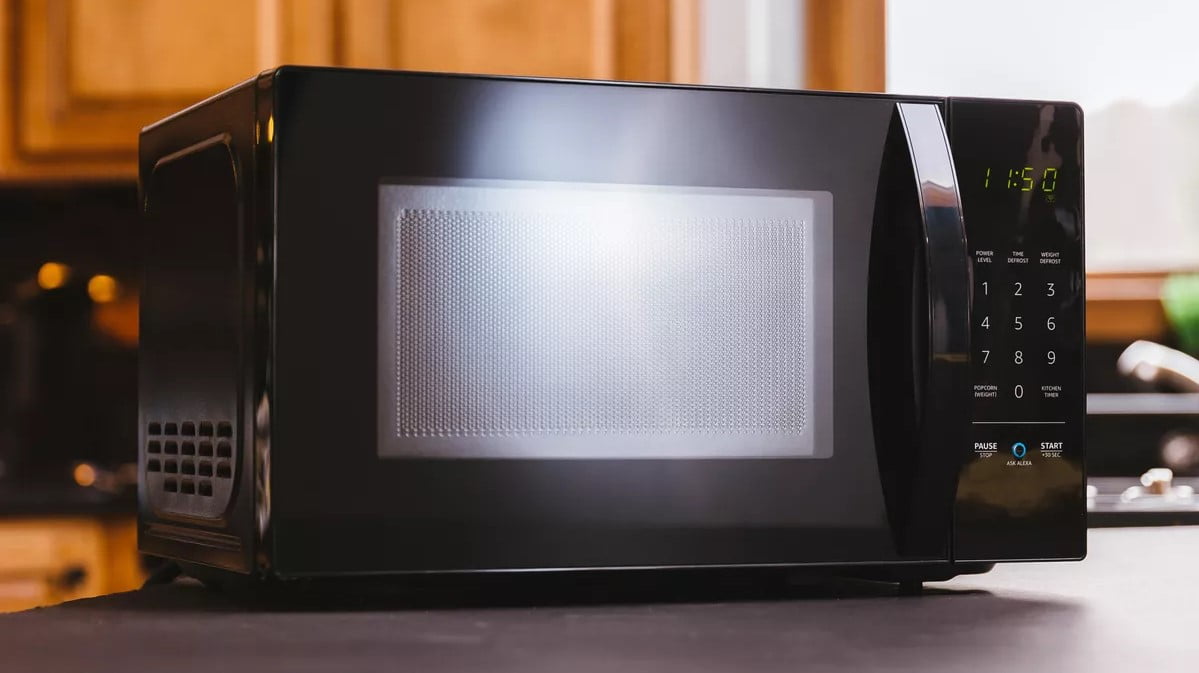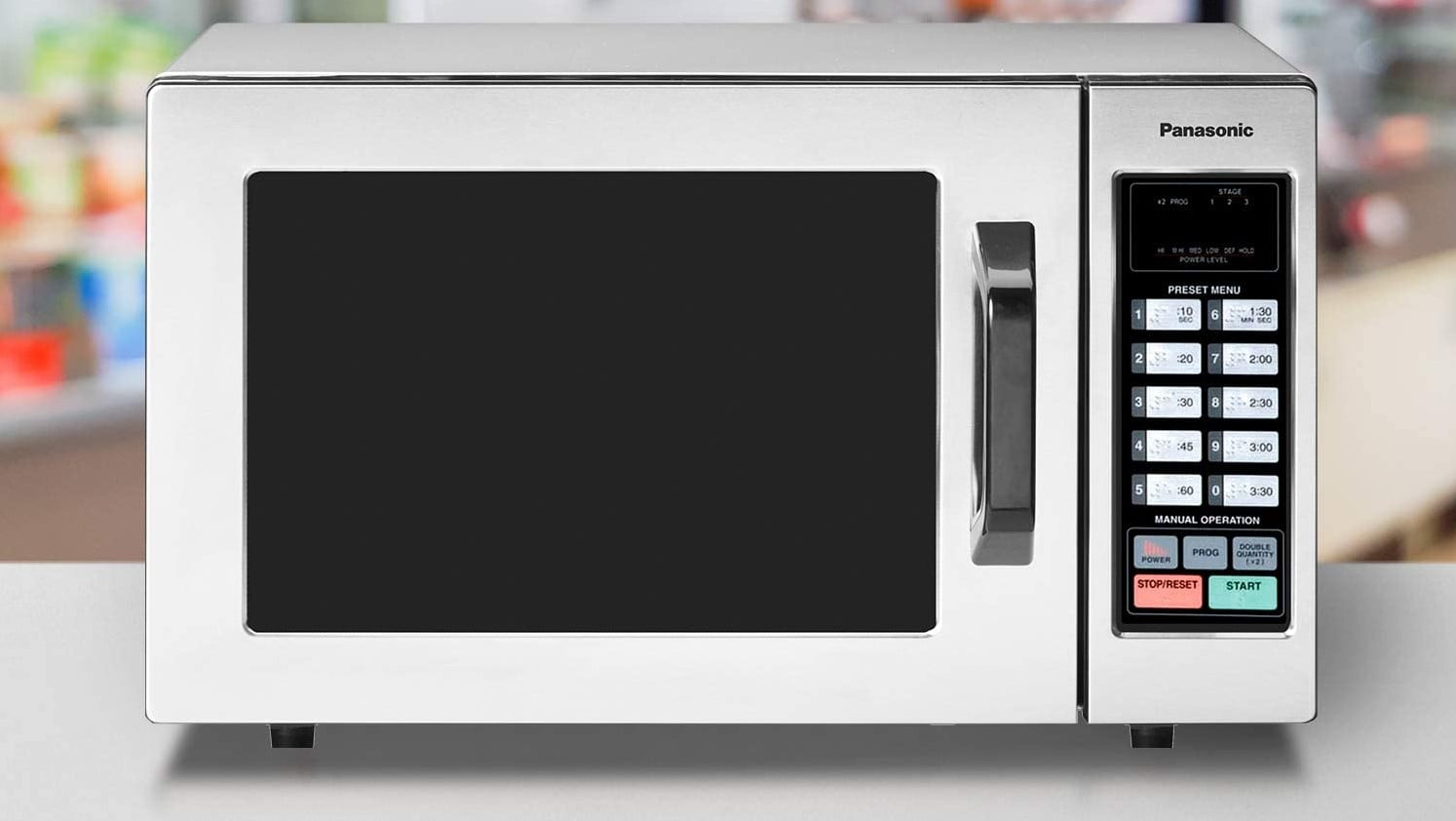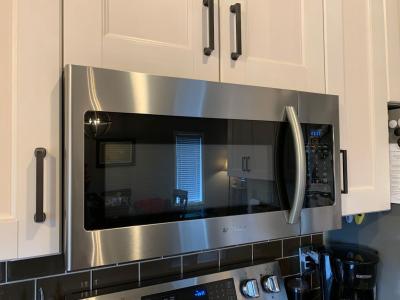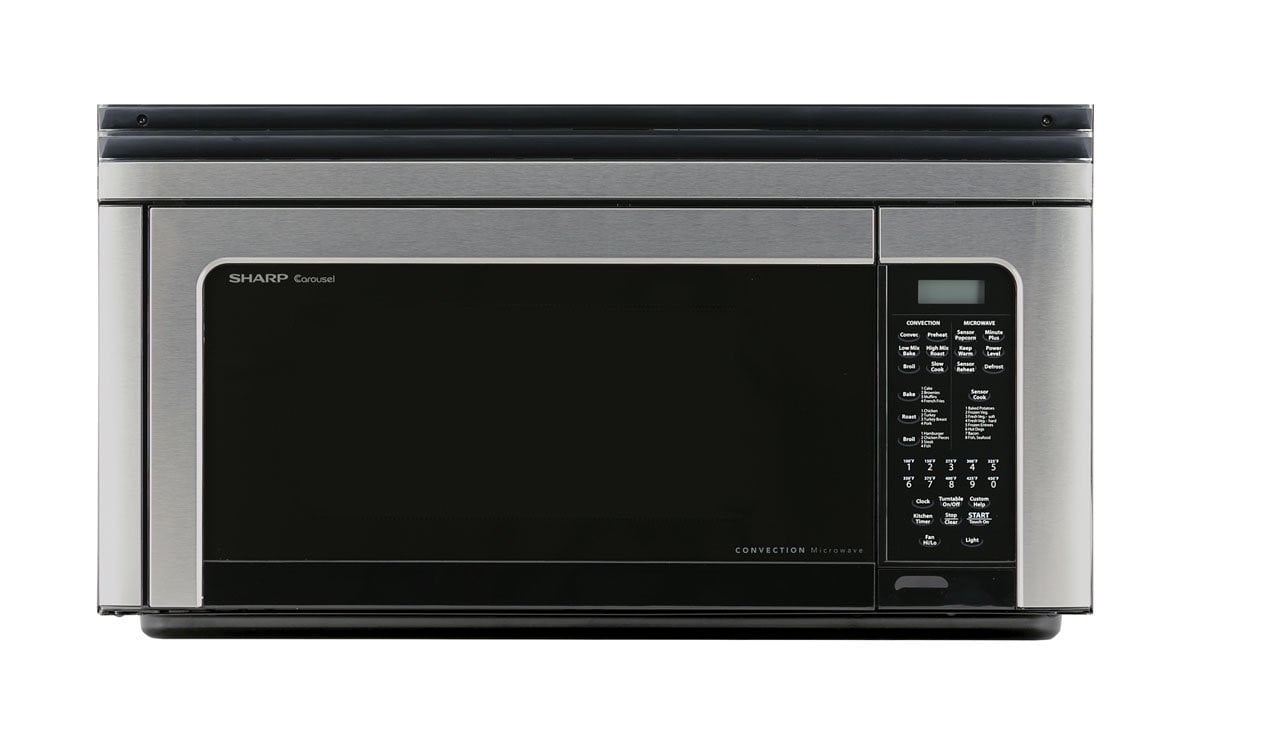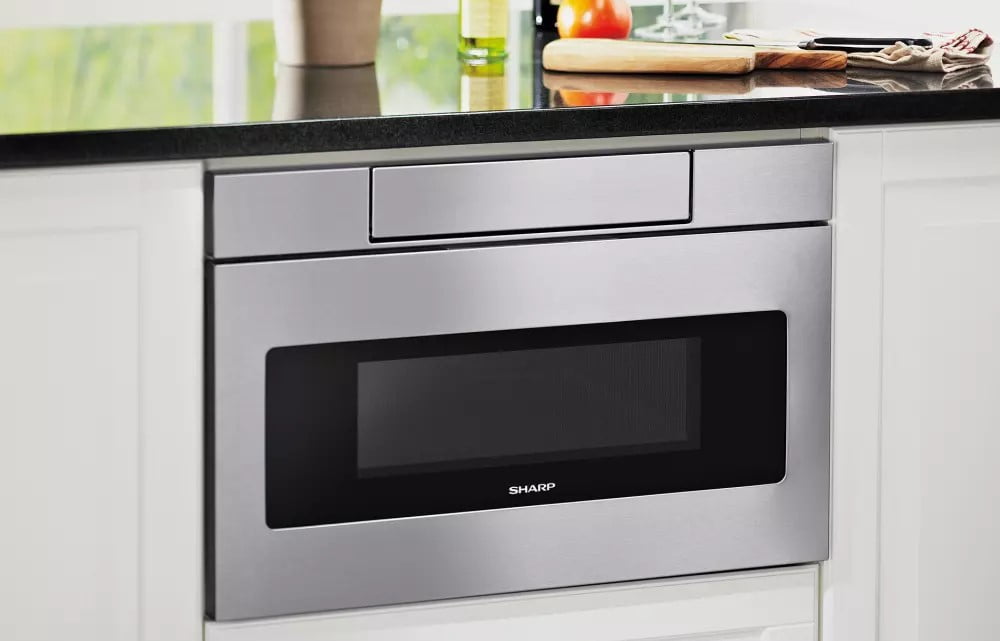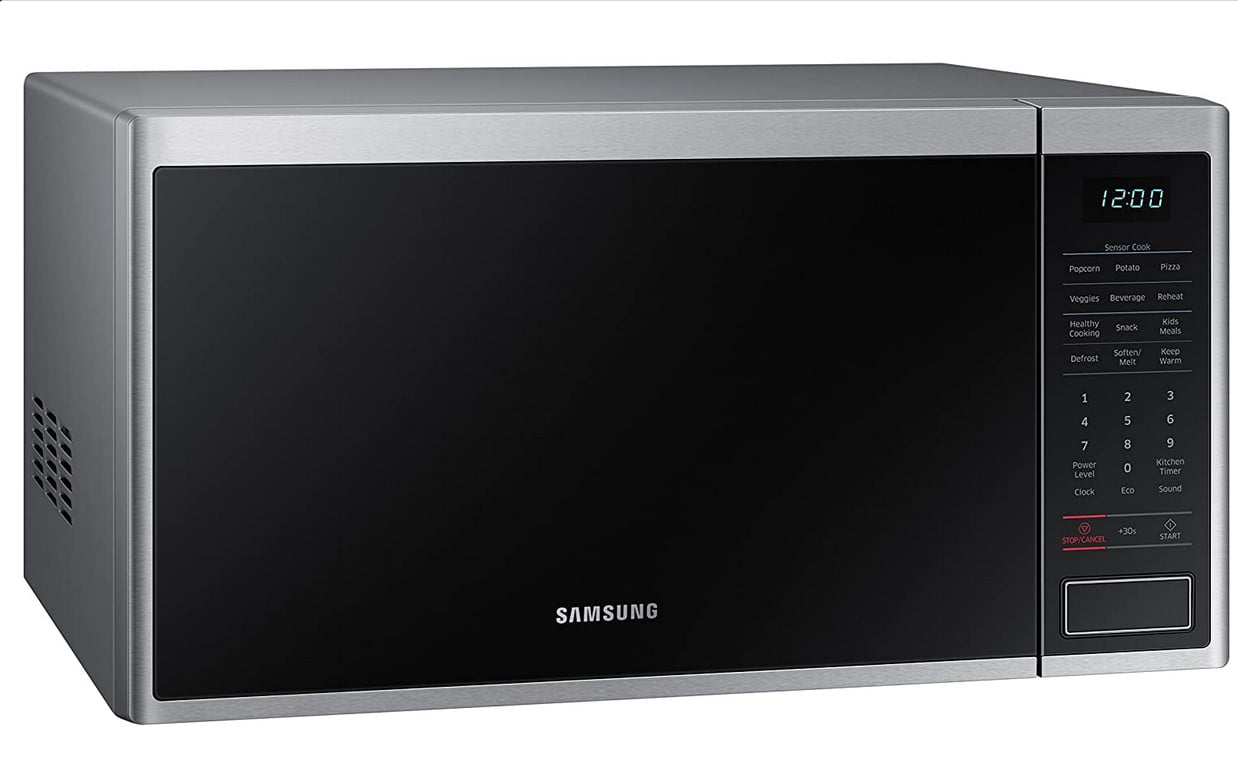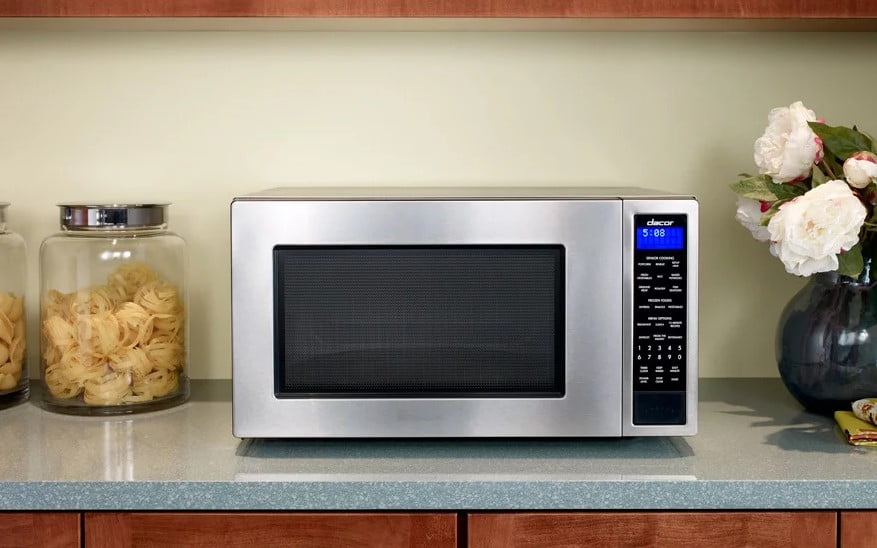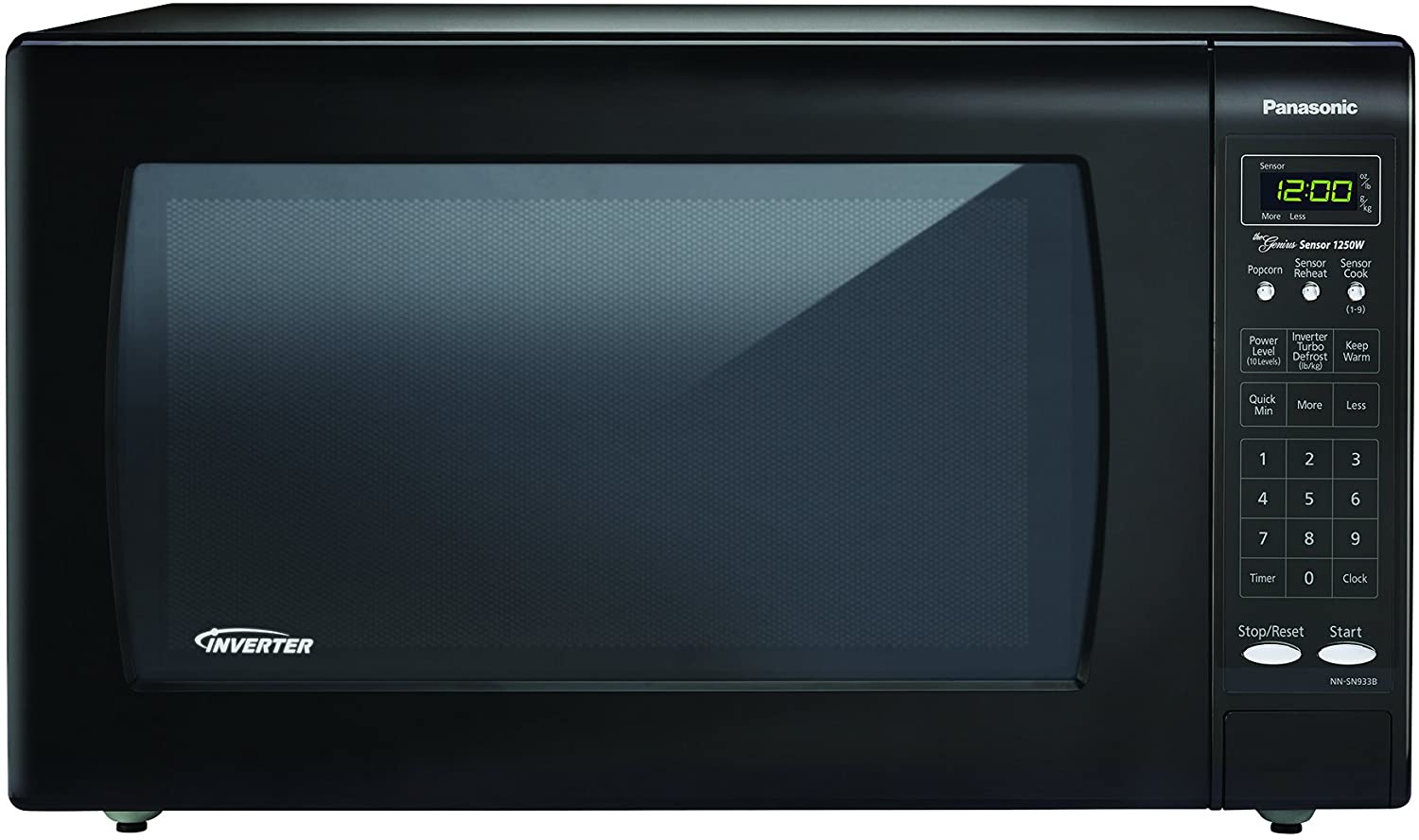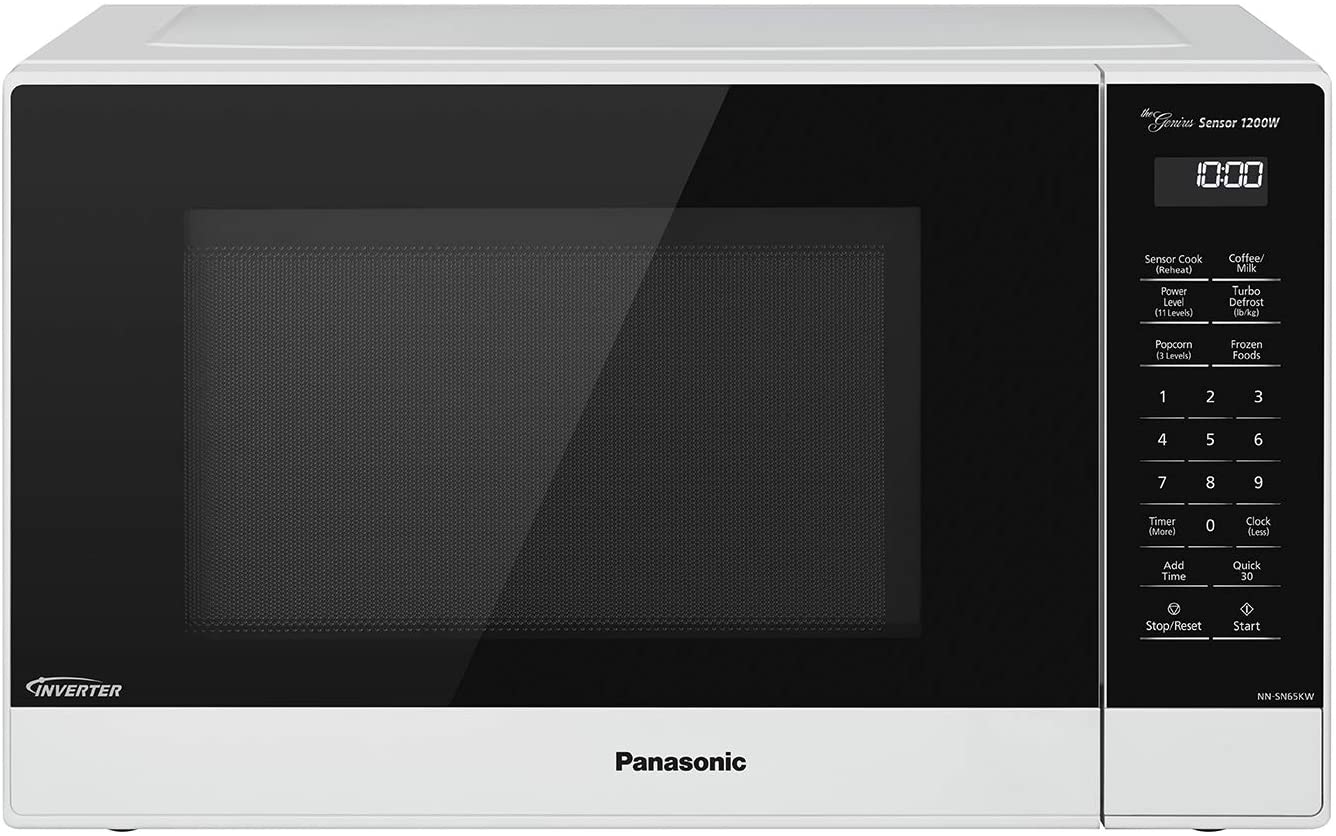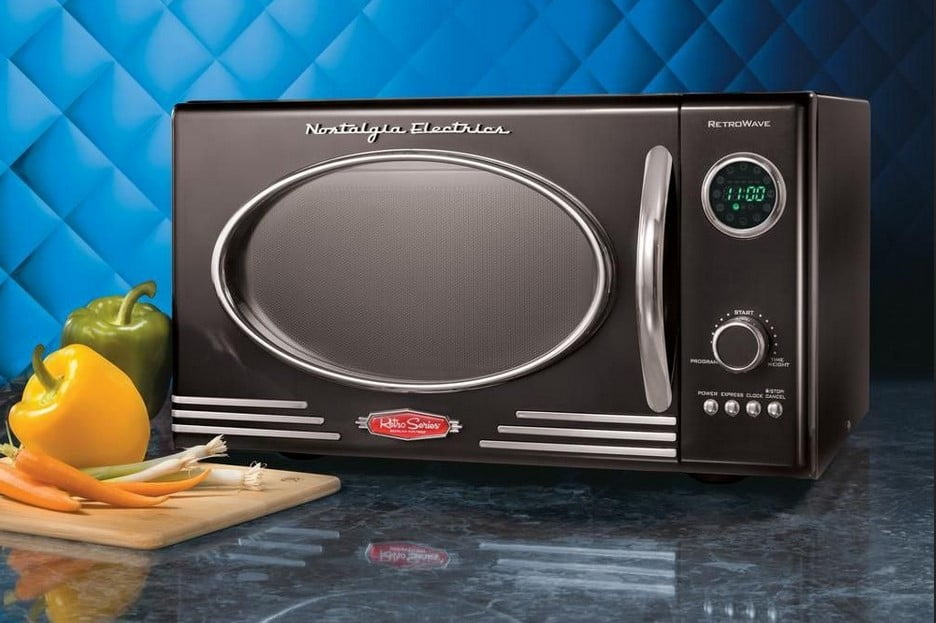If you are shopping for a new kitchen appliance, you may be comparing countertop vs built-in microwaves. The best microwaves, after all, can typically be placed on a counter or in a pre-existing nook. Keep reading to learn the differences between the two.
KEY TAKEAWAYS:
- Countertop microwaves are simply placed on a countertop, saving counter space, whereas built-in microwaves rent inside of a pre-made enclosure.
- Due to the nature of design, built-in microwaves are bulkier, heavier, and more expensive, though they offer a pleasing built-in look.
- Countertop microwaves are generally easier to maintain and clean, as it is easier to reach inside for cleaning.
Differences Between Countertop and Built-In Microwaves
The most obvious difference between the two is where they are placed in the kitchen. Countertop microwaves, as the name suggests, generally rest on a counter or atop another steady surface. Built-in microwaves, on the other hand, get placed in a pre-existing nook in the kitchen, which will preserve kitchen space. Other than that, the differences are minimal and depend on the make and model of the microwave. The same cannot be said, however, when comparing convection ovens vs microwaves.
Insider Tip
Experiment with your microwave’s settings to find the perfect amount of time to cook your desired ingredients.
Keep reading to learn more about the two microwave types.
Installation
Countertop models are much easier to install, as you can just place them wherever you want, so long as they have access to a power outlet. Built-in microwaves need an enclosure to rest inside. This nook may need to be professionally built by a contractor, who will need a trim kit for the wall. You will need space enough on the kitchen counter to handle a countertop blender, which is one of the chief advantages of a built-in microwave, as building a nook allows you to essentially create the necessary space. When it comes to cooking speed and cooking power, you will find many similarities between the two, which cannot be said when comparing the cooking speeds of ovens vs microwaves.
Maintenance
Built-in models tend to be more difficult to clean and maintain than countertop microwave ovens, as they can be tougher to reach inside. Countertop microwaves can easily be unplugged and cleaned at will. The same can be said when it comes to repairs and overall upkeep. It may be easier to simply replace a built-in microwave than to have it serviced.
Portability
If you are looking to move a microwave around from room to room or elsewhere in the kitchen, a countertop microwave is your best choice. A built-in microwave oven is designed to fit into pre-made enclosures, so they are heavier, bulkier, and harder to reach than countertop microwaves. Countertop ovens are better for those who rent their homes or for those who move around a lot.
F.A.Q.S
Do built-in microwaves need ventilation?
Yes. Part of the installation process will be adapting the trim kit to ensure there is proper ventilation.
How long do built-in microwaves last?
Built-in microwaves, otherwise known as over-the-range microwaves, can last just as long as countertop microwaves, anywhere from three to five years.
Are built-in microwaves safe?
Yes, so long as the trim kit is made for a proper installation, over-the-range microwaves are perfectly safe. As a bonus, you’ll save on counter space on the kitchen counter.
STAT: A microwave is a form of electromagnetic radiation with wavelengths ranging from about one meter to one millimeter corresponding to frequencies between 300 MHz and 300 GHz respectively. (source)

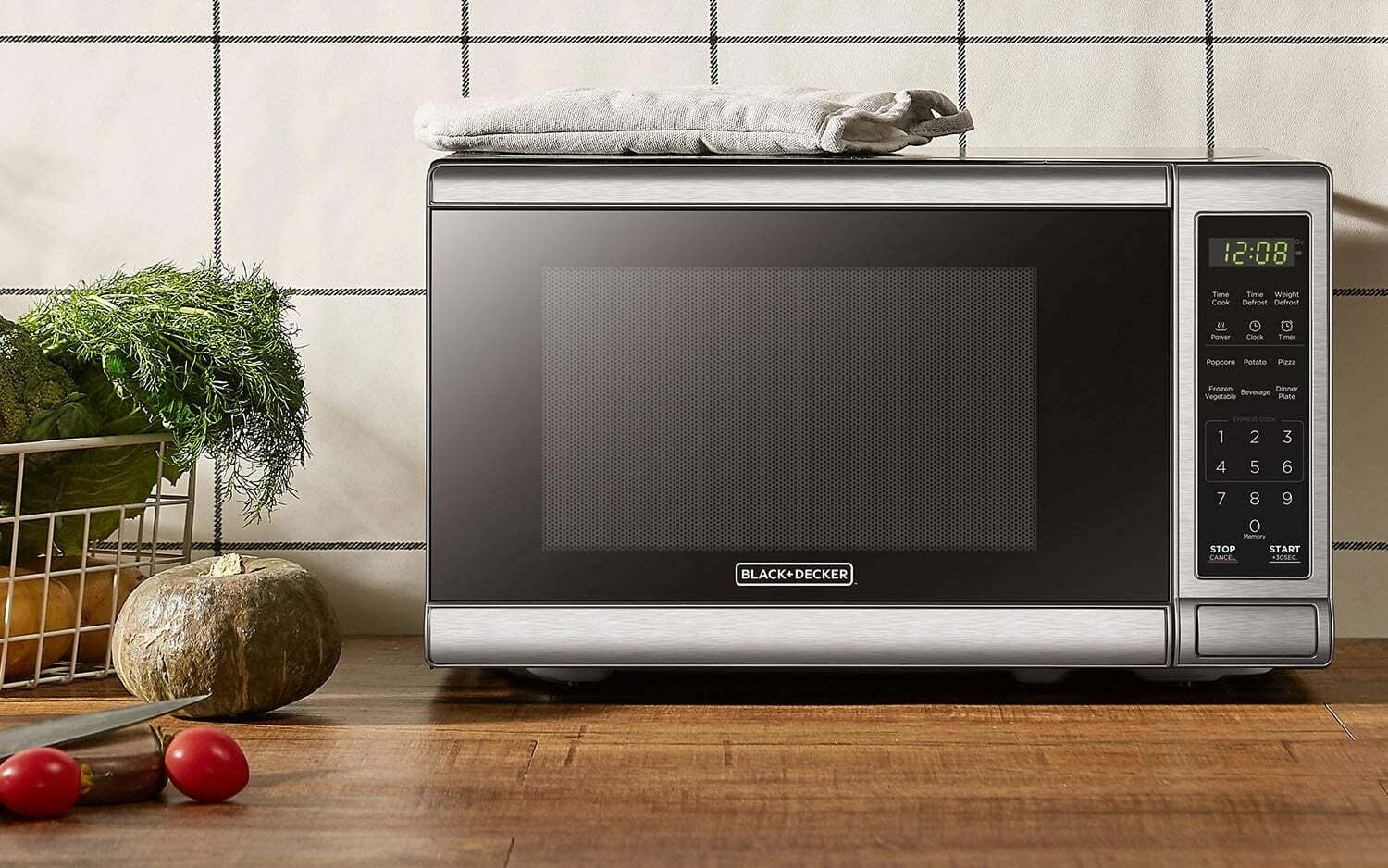














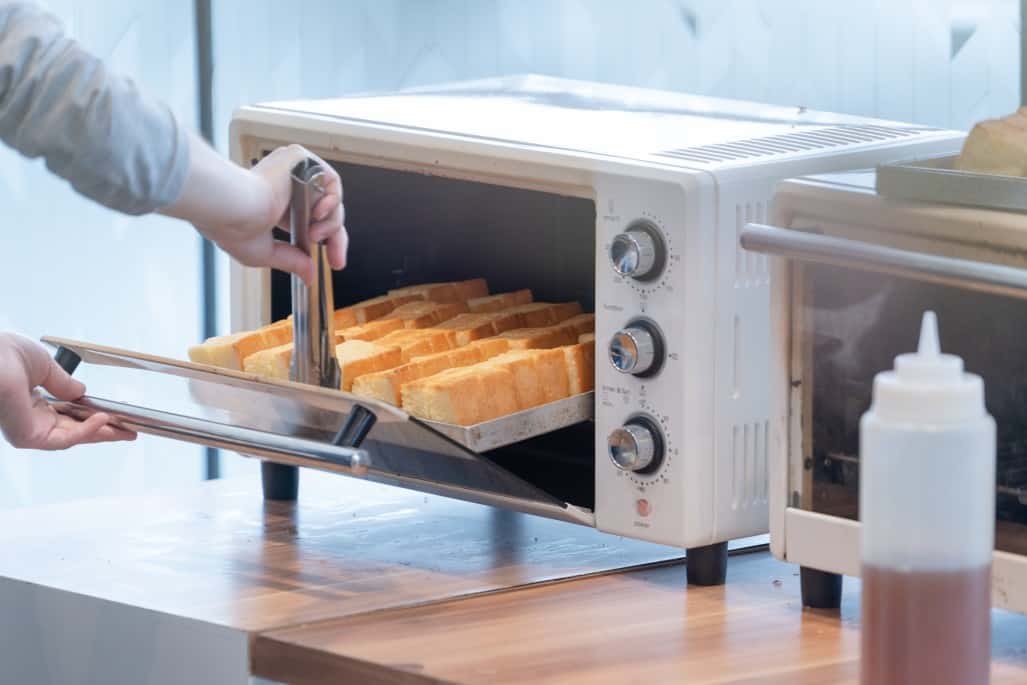
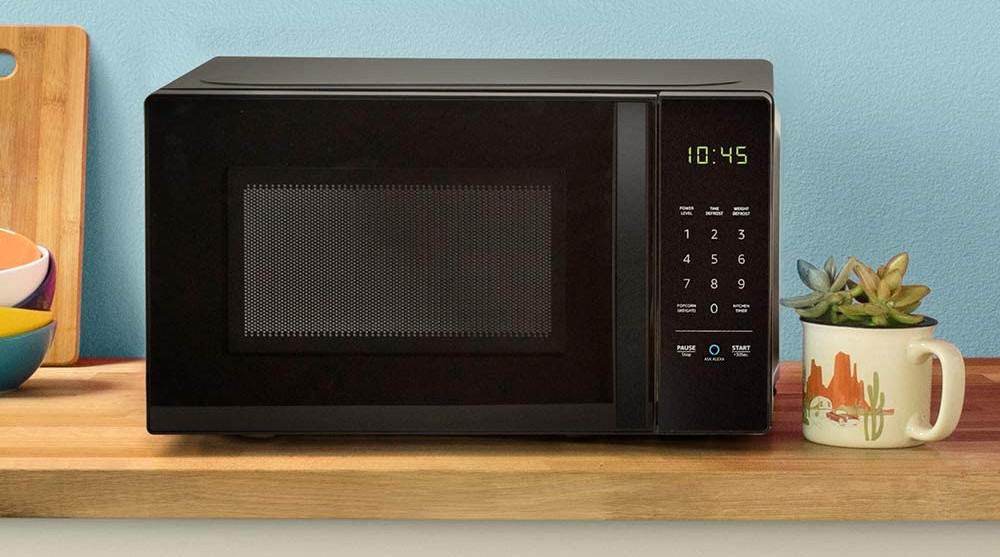

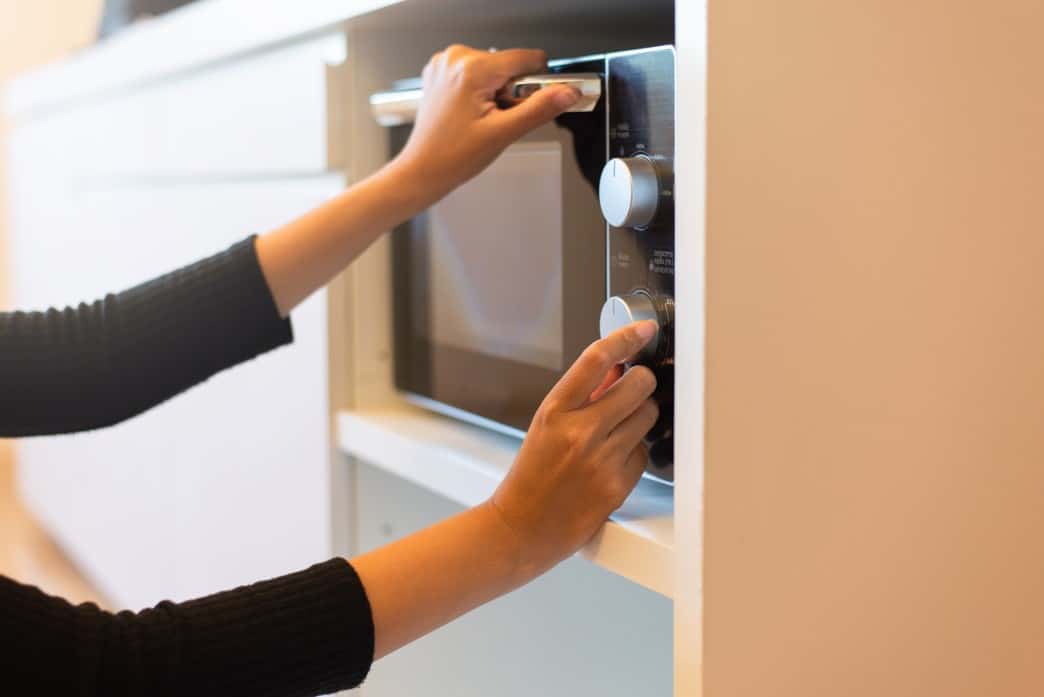
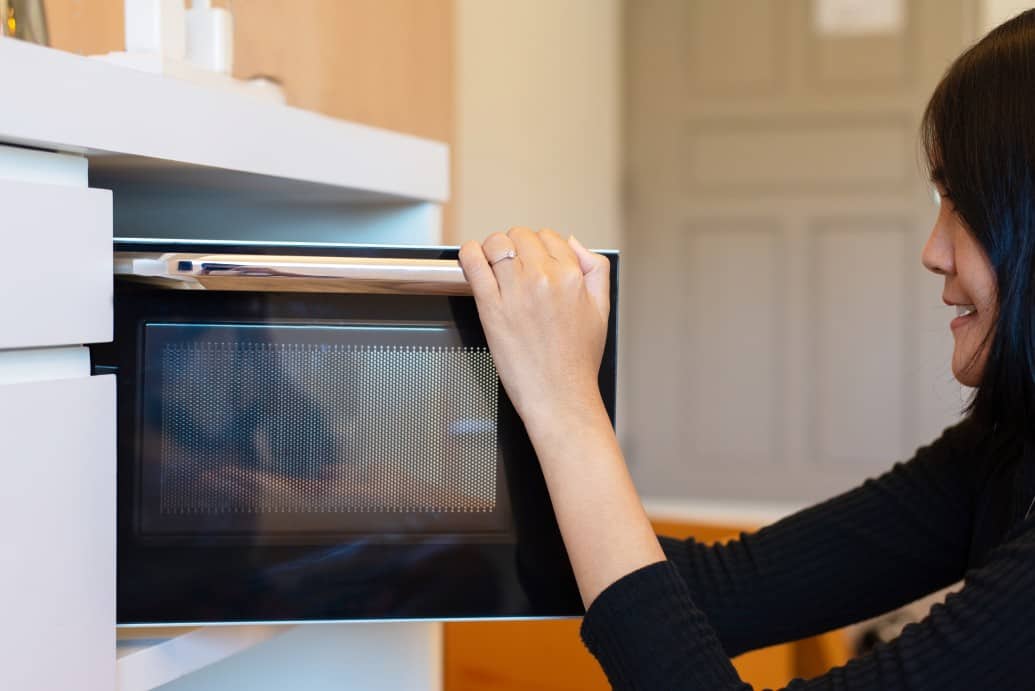


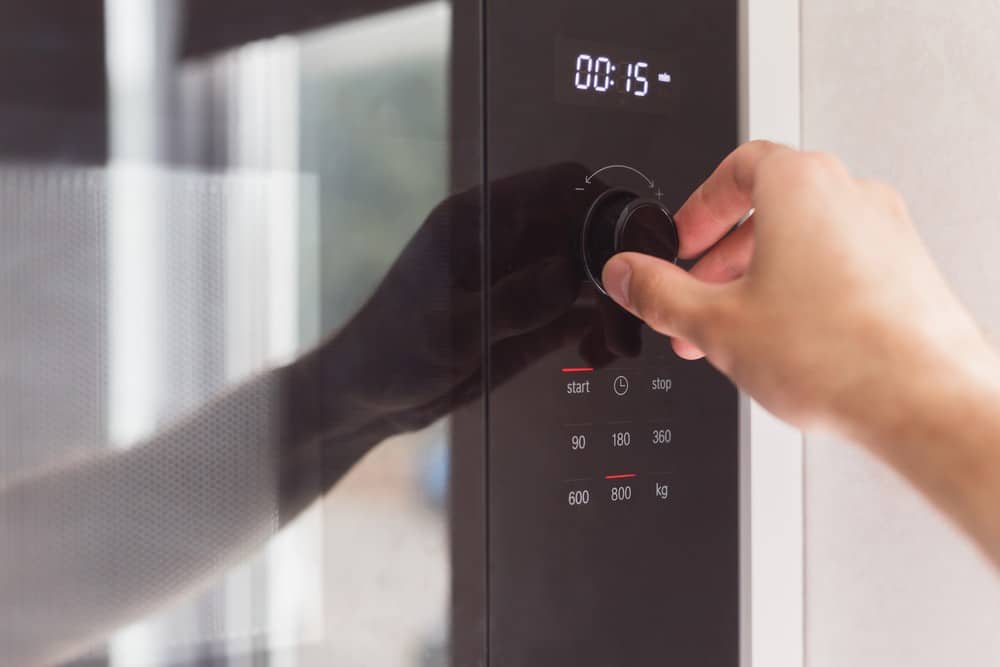
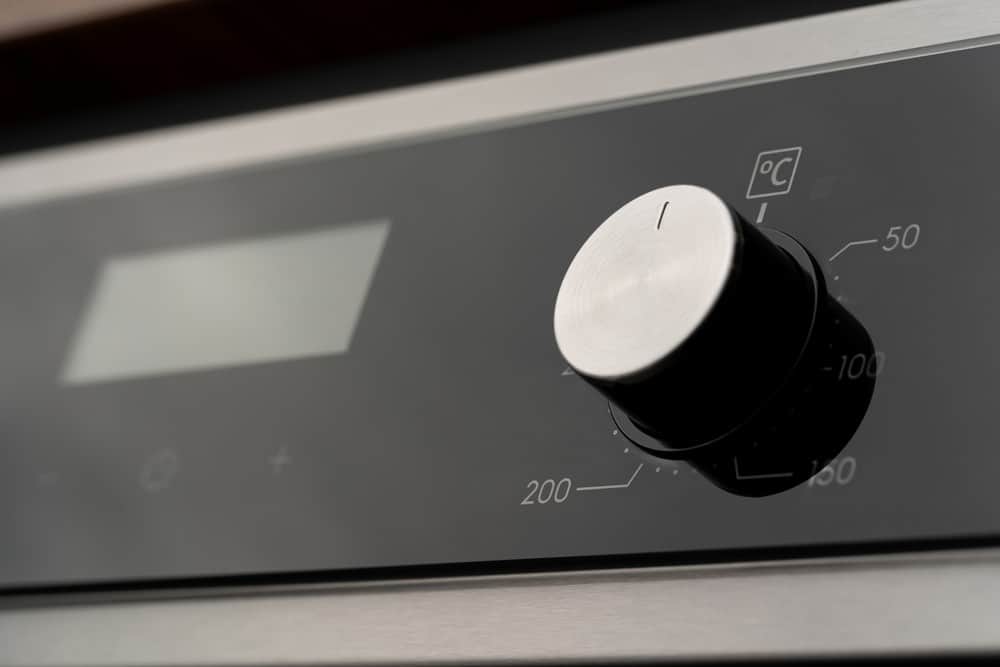

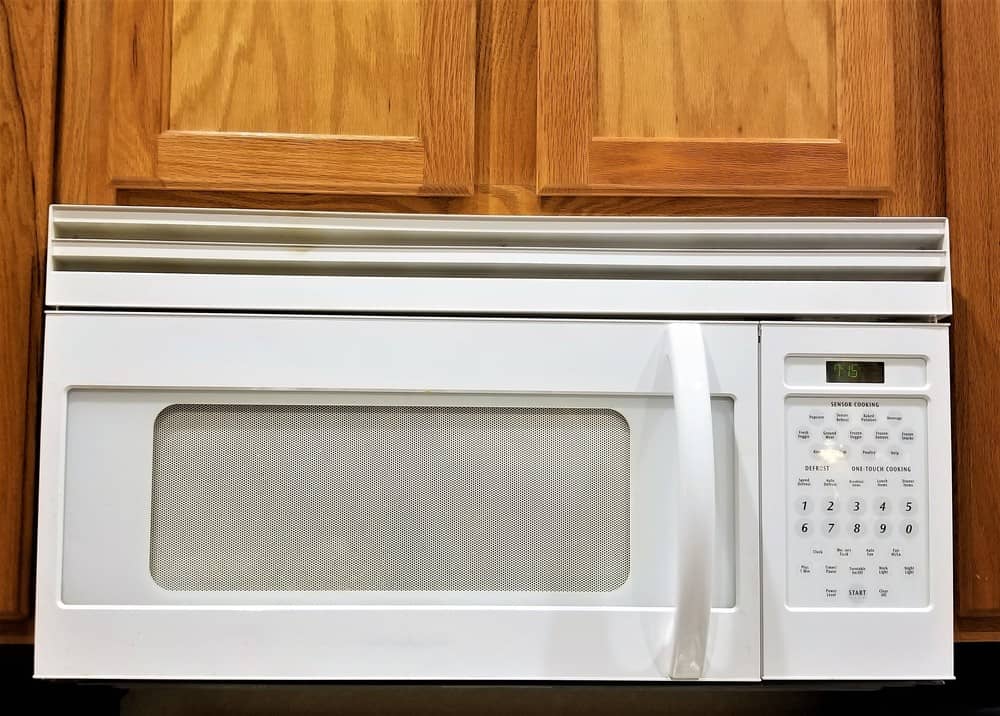
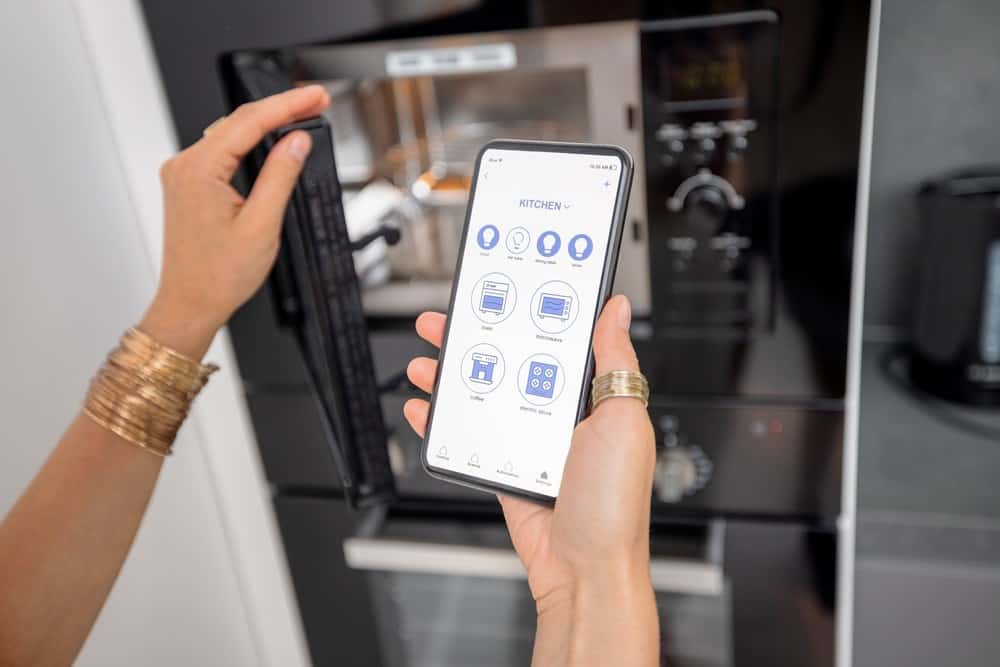



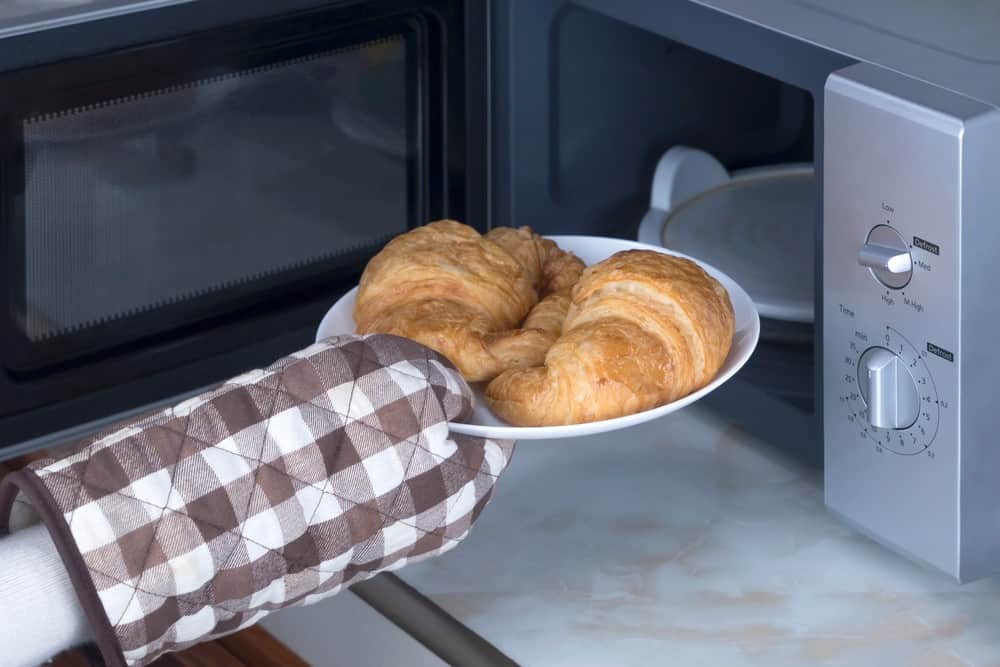

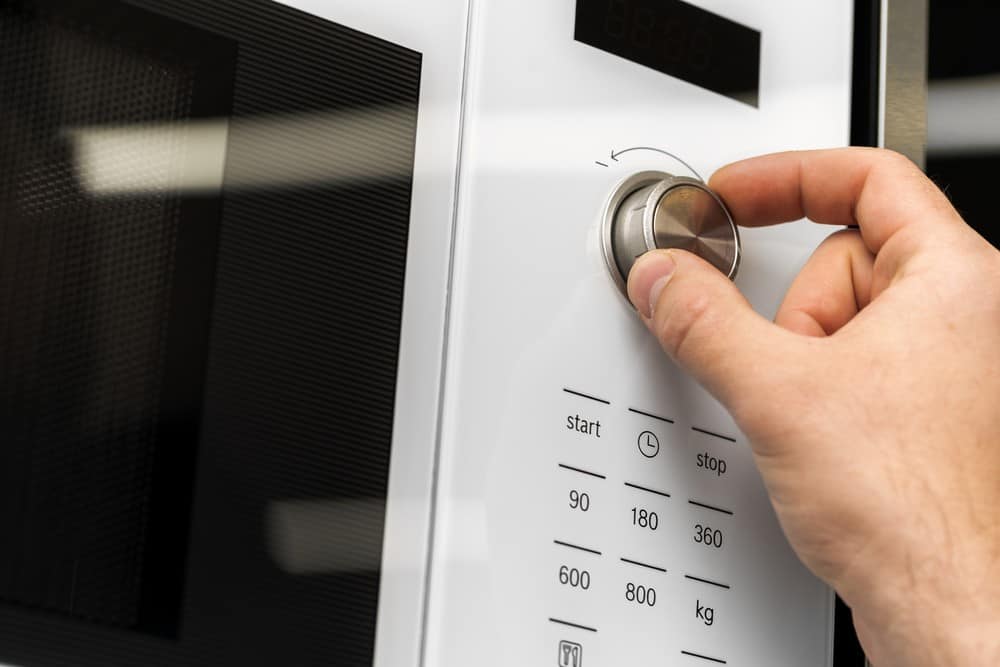

![Best Kitchen Appliances in [year] ([month] Reviews) 27 Best Kitchen Appliances in 2025 (April Reviews)](https://www.gadgetreview.dev/wp-content/uploads/best-kitchen-appliances.jpg)
![Best Microwave Drawers in [year] 28 Best Microwave Drawers in 2025](https://www.gadgetreview.dev/wp-content/uploads/best-microwave-drawer-image.jpg)
![Best Whirlpool Microwaves in [year] 29 Best Whirlpool Microwaves in 2025](https://www.gadgetreview.dev/wp-content/uploads/best-whirlpool-microwaves-image.jpg)
![Best Quiet Microwaves in [year] 30 Best Quiet Microwaves in 2025](https://www.gadgetreview.dev/wp-content/uploads/best-quiet-microwave-image.jpg)
![Best LG Microwaves in [year] 31 Best LG Microwaves in 2025](https://www.gadgetreview.dev/wp-content/uploads/best-lg-microwaves-image.jpg)
![Best Microwaves in [year] ([month] Reviews) 32 Best Microwaves in 2025 (April Reviews)](https://www.gadgetreview.dev/wp-content/uploads/best-microwaves-image.jpg)
![Best Over the Range Convection Microwaves in [year] 33 Best Over the Range Convection Microwaves in 2025](https://www.gadgetreview.dev/wp-content/uploads/best-over-the-range-convection-microwave-image.jpg)
![Best Retro Microwaves in [year] 34 Best Retro Microwaves in 2025](https://www.gadgetreview.dev/wp-content/uploads/best-retro-microwave-image.jpg)
![Best GE Microwaves in [year] 35 Best GE Microwaves in 2025](https://www.gadgetreview.dev/wp-content/uploads/best-ge-microwaves-image..jpg)
![10 Best Samsung Microwaves in [year] 36 10 Best Samsung Microwaves in 2025](https://www.gadgetreview.dev/wp-content/uploads/best-samsung-microwaves-image.jpg)
![10 Best Microwaves for Seniors in [year] 37 10 Best Microwaves for Seniors in 2025](https://www.gadgetreview.dev/wp-content/uploads/best-microwaves-seniors-image.jpg)
![10 Best Microwave Toaster Oven Combo in [year] 38 10 Best Microwave Toaster Oven Combo in 2025](https://www.gadgetreview.dev/wp-content/uploads/best-microwave-toaster-oven-combo-scaled-1.jpg)
![10 Best Panasonic Microwaves in [year] 39 10 Best Panasonic Microwaves in 2025](https://www.gadgetreview.dev/wp-content/uploads/best-panasonic-microwaves.jpg)
![10 Best Microwaves for College Dorms in [year] 40 10 Best Microwaves for College Dorms in 2025](https://www.gadgetreview.dev/wp-content/uploads/best-microwaves-for-college-dorms.jpg)
![10 Best Compact Microwaves in [year] 41 10 Best Compact Microwaves in 2025](https://www.gadgetreview.dev/wp-content/uploads/best-compact-microwave-image.jpg)
![10 Best Convection Microwave Ovens in [year] 42 10 Best Convection Microwave Ovens in 2025](https://www.gadgetreview.dev/wp-content/uploads/best-convection-microwave-oven-image.jpg)
![10 Best Built In Microwaves in [year] 43 10 Best Built In Microwaves in 2025](https://www.gadgetreview.dev/wp-content/uploads/best-built-in-microwave-image.jpg)



